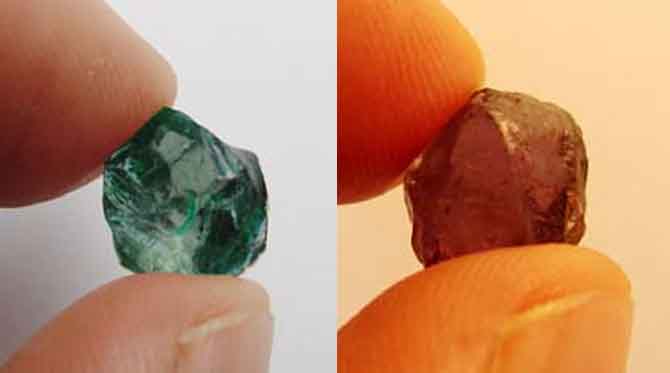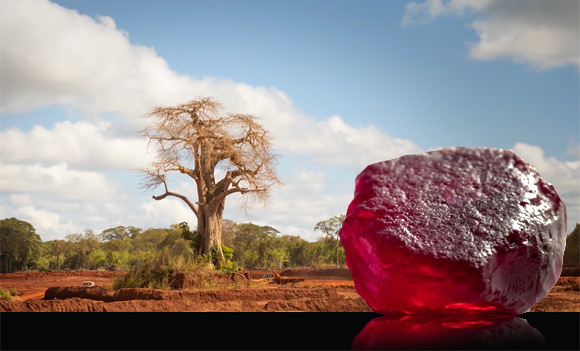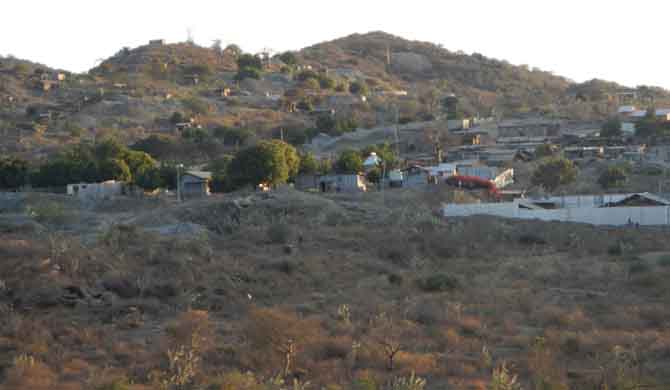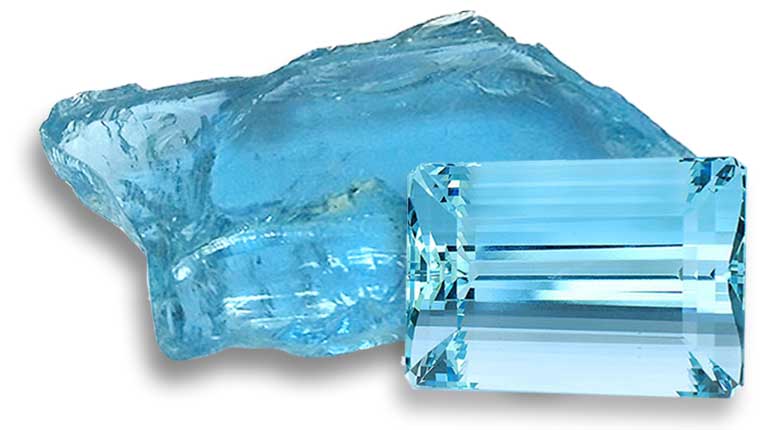Tanzanite, the blue variety of the mineral Zoisite, is a
trichroic gemstone. In layman’s terms this means that it displays 3 different
colors on 3 different axes/directions. In the rough state, when Tanzanite is
mined, its appearance is largely of a brownish, treacle color. This is due to
the dominance of the reddish/brown axis. The photograph below shows some
Tanzanite before heating.
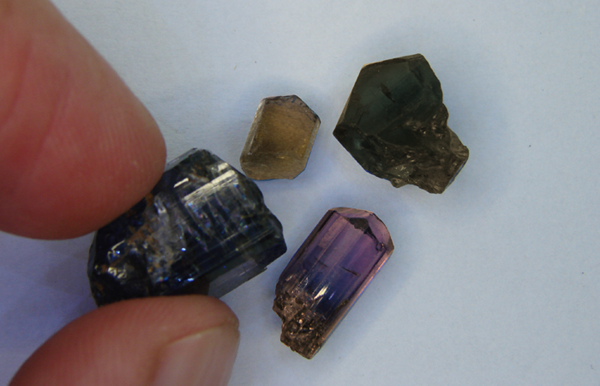
The blues and violets that Tanzanite is so well known for do
not emerge until the stone is heated. This process is usually done in a
gemological oven, at between 400 and 600 degrees centigrade. The heating
process removes the brown / burgundy axis, leaving just the blue and violet
axes. The heating process serves to render Tanzanite dichroic and permanently
changes its original trichroic characteristics.
The photo below shows the same stones after heating.
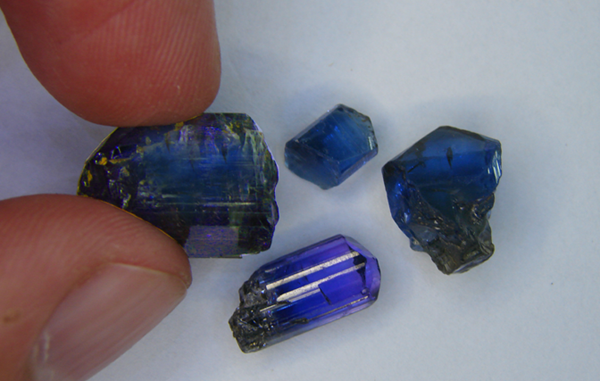
The Science Behind It
In scientific terms, color in Tanzanite is largely caused by
the presence of Vanadium. Trace concentrations of vanadium within Tanzanite's
crystals structure causes its unique color. It is believed that the Vanadium
originates principally from the derived graphite within the deposit.
Tanzanite's color largely relies on the Titanium and Vanadium ratio within its
crystal structure. The heating of tanzanite results in a valence exchange
reaction (redox reaction) Ti 3+ + V 4+ ? Ti 4+ + V 3+ which causes an increase
in the violet and blue color and renders the titanium colorless.
All Tanzanite is heated. Some pieces are partially heated in
the ground and are mined already with some blue but these are generally heated
anyway to remove any residual brown. The process is universal to the gemstone
and in no way does it affect the value of the stone. Without heating, Tanzanite
would be brown and the beautiful blues that are so loved would not be in
existence. In fact, legend of the discovery of the stone back in the 1960’s
dictates that the Maasai warriors who found it, did so after a large bushfire
swept the area. The fire burnt all the foliage and undergrowth back revealing
some Tanzanites on the surface and also heated them making them a sparkling
blue and suddenly eyecatching. Without the fire, Tanzanite may never have been
discovered as the Maasai may not have noticed them in their brownish shades
against the bare, burnt earth.
Is Heating Considered an Enhancement in the Trade?
Unlike with other gemstones like Sapphires or Rubies, where
heating at extremely high temperatures is used as a way of altering the actual
grade of a gemstone, the heating process in no way enhances a Tanzanite’s color
saturation levels it simply removes the red/brown axis leaving the blue/violet.
A medium grade Tanzanite will appear lightish brown before heating and a medium
pale blue/violet after heating. A top grade piece will be a deeply saturated
brown before heating and a deep blue/violet after heating. Hence the process is
not an enhancement, as it is with some gemstones such as Corundum..

